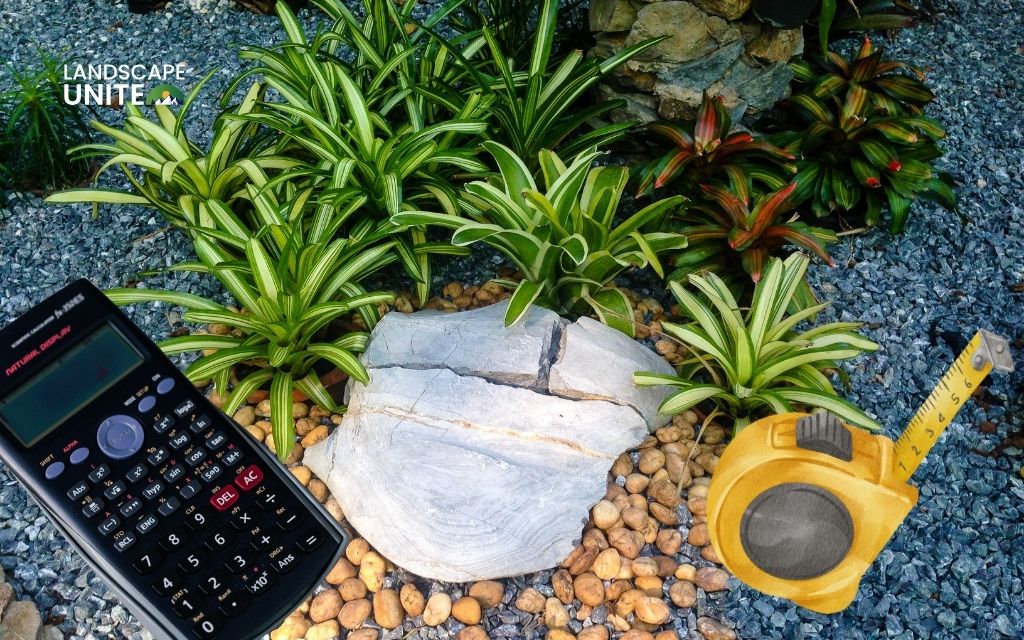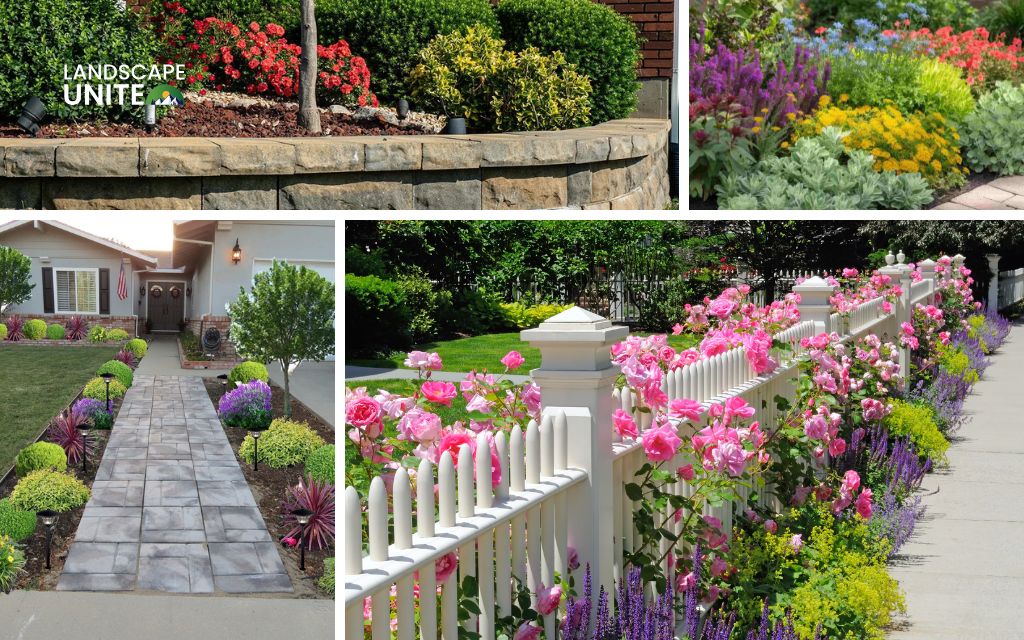Winter is coming and if you’ve got a pool, closing it properly is critical. Proper winterization protects your pool equipment from freezing temperatures that can cause thousands of dollars in damage, including cracked pipes, damaged pumps, and costly spring repairs.
This guide breaks down how much it costs to winterize a pool, with both DIY and professional options so you can protect your investment without overspending. From above-ground pools to saltwater systems, we’ll cover everything you need to know about seasonal pool maintenance costs.
Keep reading to discover the exact costs for your pool type, money-saving strategies, and whether professional service is worth the investment for your specific situation.
How much does it cost to winterize a pool?
$150 – $500+ depending on pool type, location, and whether you DIY or hire a pro
| Pool type | DIY cost range | Pro service range |
| Above-ground pool | $50 – $150 | $150 – $300 |
| Inground vinyl/fiberglass | $80 – $250 | $250 – $500+ |
| Saltwater pool | $100 – $300 | $300 – $600 |
Professional services typically cost 2-3 times more than DIY approaches but include expertise, proper equipment, and service guarantees.
Geographic location significantly impacts costs, with northern states like Minnesota and Wisconsin seeing higher professional rates ($400 – $600 for in-ground pools) compared to milder climates like North Carolina or Tennessee ($200 – $350 for similar services).
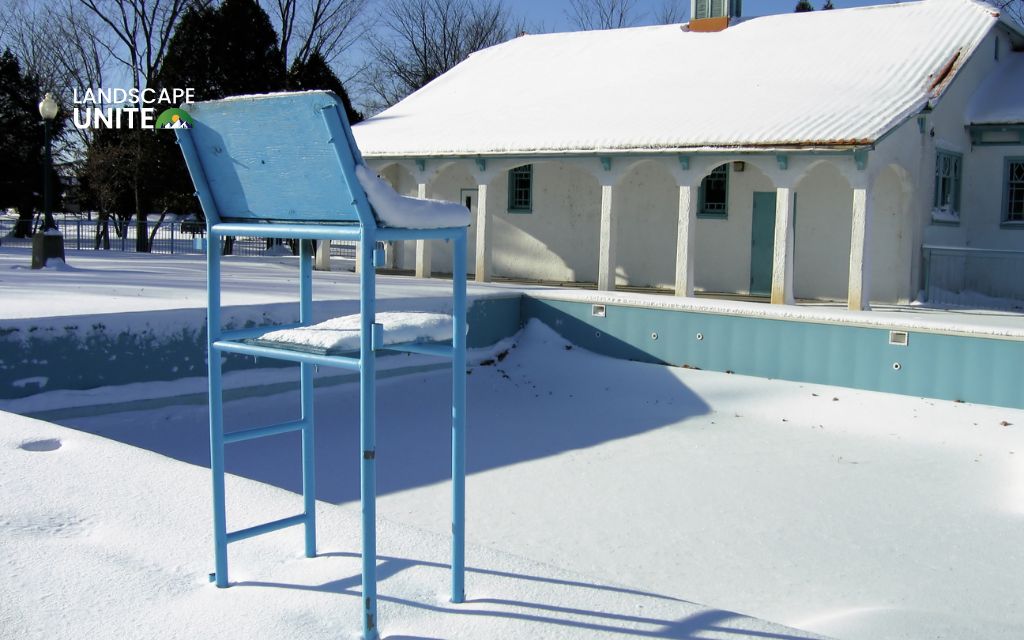
What’s included in professional pool winterization
Professional winterization services typically include comprehensive preparation to protect your pool investment. Most standard packages include:
- Blowing out plumbing lines with air compressor equipment to remove all water and prevent freeze damage
- Draining and securing pumps, filters, and heaters with proper storage or weatherproofing
- Applying winterizing chemicals specifically formulated to prevent algae growth and maintain water balance
- Installing and securing the pool cover with proper tensioning and anchoring systems
- Basic equipment inspection to identify potential issues before they become expensive problems
- Skimmer and return line protection using plugs or antifreeze as needed
- Water level adjustment to the appropriate height for your pool type and climate
Factors that affect professional pool winterization costs
- Pool size and shape impact costs, with larger pools requiring more chemicals, time, and materials. Custom-shaped pools or those with complex features take additional labor time, increasing service costs by 20 – 40%.
- Water features like attached spas, fountains, or waterfalls require specialized winterization procedures. Each additional feature typically adds $50 – $100 to the total cost due to extra plumbing lines and equipment to protect.
- Saltwater vs chlorine systems affect pricing due to specialized knowledge and equipment required. Salt systems need cell cleaning and specific procedures to protect chlorine generators, often adding $75 – $150 to standard rates.
- Labor costs in your region vary significantly across the United States. Metropolitan areas and regions with higher costs of living see premium pricing, while rural areas often have more competitive rates.
- Add-ons requested by the homeowner can increase costs. Premium covers, equipment removal and storage, and comprehensive spring preparation packages all contribute to higher total investments.
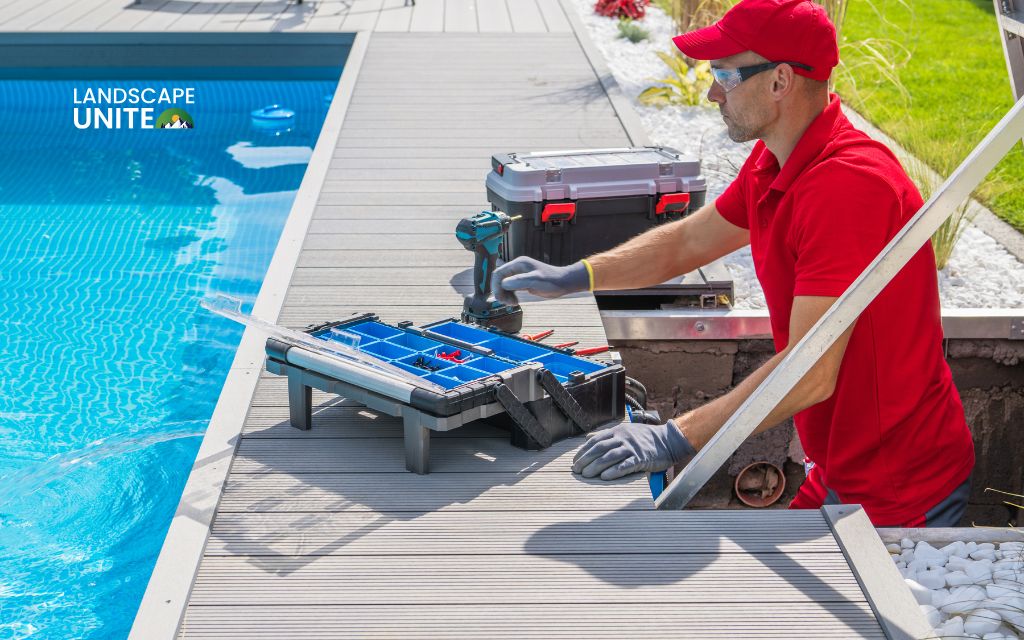
DIY pool winterization cost breakdown
Basic supplies & equipment
| Item | Estimated cost |
| Winter chemical kit | $25 – $60 |
| Gizzmos or skimmer plugs | $10 – $30 |
| Pool antifreeze (optional) | $8 – $15/gallon |
| Air compressor/shop vac | Already owned or $75+ |
| Winter pool cover | $80 – $300 |
Winter chemical kits include algaecide, winterizing shock, and pH adjusters specifically formulated for season-long protection. Quality varies significantly, with premium kits providing better protection and easier spring opening.
Pool covers represent the largest single expense for DIY winterization. Basic tarp-style covers cost $80-$150, while safety covers with proper anchoring systems range from $200-$300 but last much longer and provide better protection.
Pros and cons of DIY
Pros of DIY winterization:
- Significant cost savings: Save $100 – $300 compared to professional services, making it attractive for budget-conscious homeowners
- Learn your pool system: Gain valuable knowledge about how your equipment works, helping with future troubleshooting and maintenance
- Complete control over timing: Winterize on your schedule without waiting for service appointments
- Satisfaction of self-reliance: Experience the accomplishment of properly maintaining your own pool investment
Cons of DIY winterization:
- Time-intensive process: Complete winterization requires 4 – 8 hours of physical labor depending on pool complexity
- Risk of costly mistakes: Improperly blown lines, incorrect chemical balancing, or inadequate cover installation can result in thousands of dollars in spring repairs
- Requires specialized equipment: Need access to air compressor and other tools that many homeowners don’t own
- No service guarantee: Unlike professional services, you bear full responsibility for any winterization failures or resulting damage
Special costs for saltwater pool winterization
Saltwater pools require additional winterization steps that increase both DIY and professional costs. Salt cell cleaning costs $25 – $60 for DIY supplies or is typically included in professional service packages.
Additional steps protect chlorine generators from freeze damage, including proper drainage and sometimes removal for storage. These procedures require specialized knowledge and tools, explaining the premium pricing for saltwater winterization.
Specialized winter chemicals for salt systems cost $40 – $80 compared to $25 – $60 for traditional chlorine pools. These formulations work with salt systems to prevent corrosion and maintain proper water chemistry during extended closure periods.
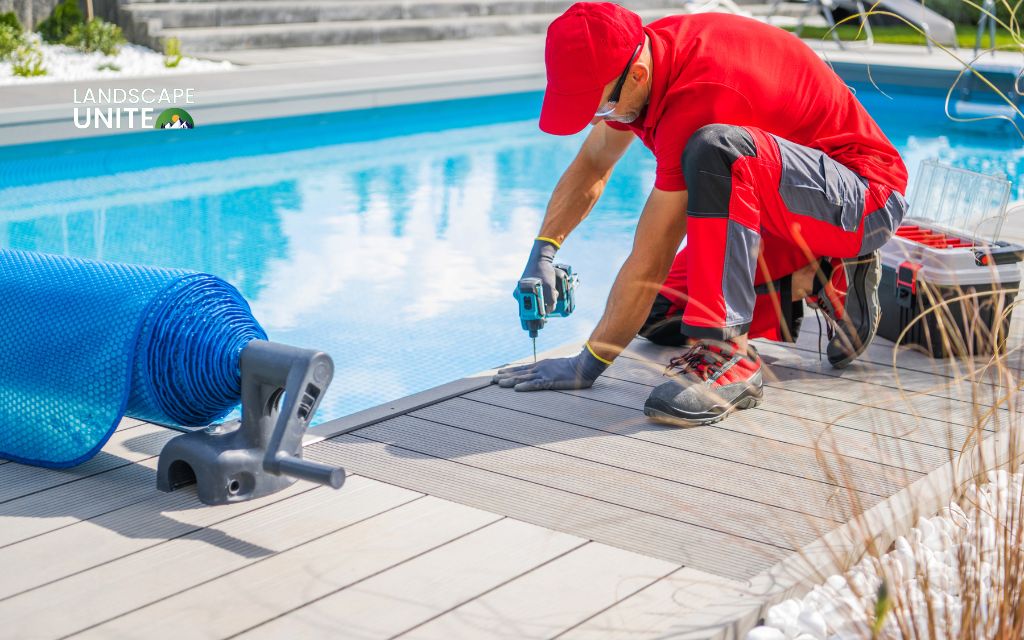
Cost-saving tips
Smart pool owners can reduce winterization costs without compromising protection.
- Reusing pool covers and plugs in good condition saves $50 – $200 annually, though inspect carefully for damage that could compromise effectiveness.
- Get 2-3 service quotes before booking professional winterization. Prices vary significantly between companies, and comparison shopping often saves $75 – $150.
- Consider bundled winter and spring opening packages that typically offer 10 – 20% discounts compared to separate services. These packages also ensure the same company handles both processes, improving consistency and accountability.
- DIY some preparation work even when hiring professionals. Cleaning the pool, removing accessories, and basic water balancing can reduce service time and costs while still ensuring proper line blowing and cover installation.
Conclusion
Winterizing your pool might feel like an added chore (and cost), but it’s far less expensive than repairing cracked lines or green pool water in spring. Frozen pipes alone can cost $500-$2,000 to repair, while inadequate chemical treatment leads to expensive water replacement and equipment cleaning.
Whether you do it yourself or hire a pro, a few hundred dollars now could save thousands later. Professional services provide peace of mind and expertise, while DIY approaches offer cost savings and learning opportunities for hands-on homeowners.
The key is choosing the right approach for your situation, budget, and comfort level with pool maintenance.
Discover additional landscape care tips and seasonal maintenance strategies in our comprehensive landscaping library.
Frequently asked questions (FAQs)
Is it cheaper to winterize your pool yourself?
Yes, DIY winterization typically costs $50 – $300 compared to $150 – $600 for professional services. However, mistakes can lead to expensive repairs that exceed professional service costs.
Does winterization cost more for saltwater pools?
Saltwater pools cost $50 – $150 more to winterize due to specialized procedures for salt cells and chlorine generators, plus specific chemical requirements for salt systems.
What happens if I don’t winterize my pool?
Skipping winterization risks frozen pipes ($500 – $2,000 repair costs), equipment damage ($300 – $1,500), green water requiring full replacement ($200-$800), and potential structural damage to the pool itself.
How long does professional winterization take?
Professional winterization typically takes 2 – 4 hours depending on pool size and complexity. This includes equipment preparation, chemical treatment, line blowing, and cover installation.
Can I just hire someone to blow out the lines?
Some companies offer partial services like line blowing for $75 – $150, but complete winterization provides better protection and often costs only slightly more than partial services.
